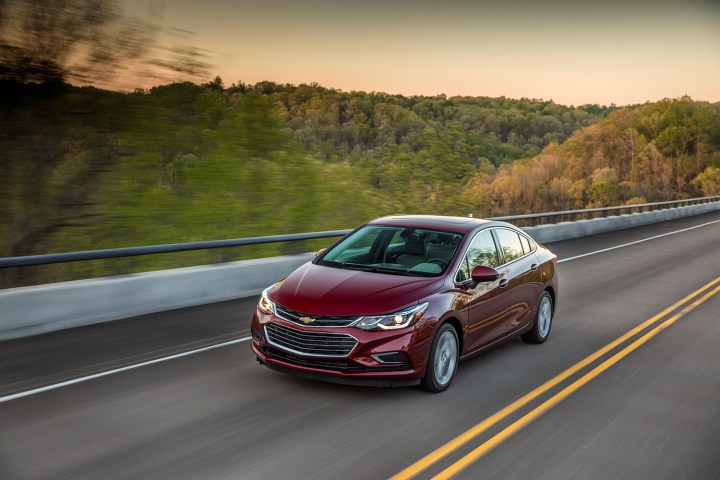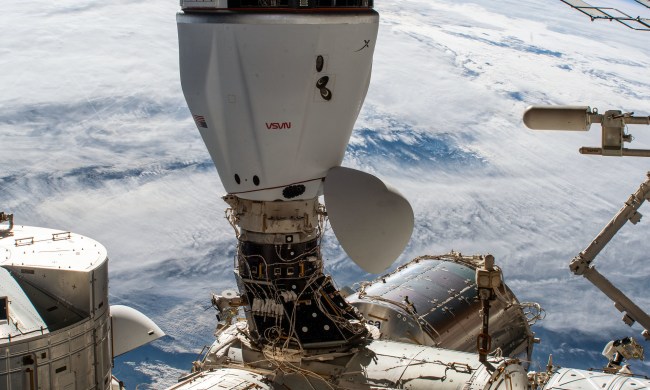
“There are a lot of diesel intenders and diesel-loyal people who are looking for a brand and vehicles to go after. They tend to be more tech-savvy than the average customer. And they won’t stop wishing for a diesel,” said Dan Nicholson, General Motors’ vice president for global propulsion systems, in an interview with industry trade journal Automotive News.
Chevrolet will cater to these buyers by launching a diesel-powered version of the second-generation Cruze (pictured) next year. Technical details are still being finalized, but Automotive News has learned that the Cruze will use a 1.6-liter turbodiesel four-cylinder engine rated at 136 horsepower and a generous 275 pound-feet of torque. The four is reportedly so quiet that it has earned the nickname “whisper diesel,” a marketing term already used by sister company Opel across Europe.
The Bowtie predicts that the diesel-powered Cruze will do well because it will compete in a segment that many of its competitors have either abandoned or been hesitant to break into. The timing is right, too, because Volkswagen’s TDI-powered Golf — the last-gen Cruze diesel’s biggest rival by a long shot — is no longer available.
“I think the U.S. is one of the few diesel growth markets on the planet. I am very optimistic about the diesel market in the U.S. It has been abandoned by others and we are happy to step in and be the leader. Frankly that’s what we’d like to do,” Nicholson added.
Read more: Here’s why a consultant created a fake electric Chevrolet coupe
The diesel-burning engine isn’t dead yet in the U.S., but it has undeniably taken more than its fair share of blows in the past few months. Mazda’s diesel-burning 6 has been delayed time and again, Volvo admitted that it quit trying to sell diesels on our shores, and Mini never made good on its promise to offer the Cooper with a small diesel even though demand was strong from both dealers and customers.



